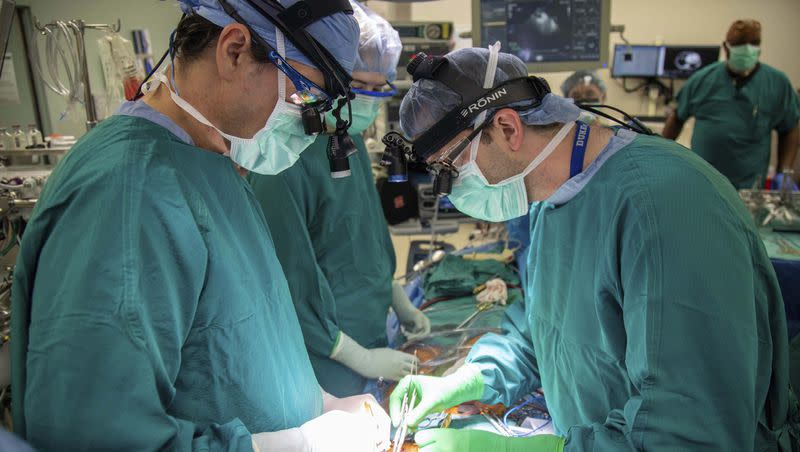‘Reanimated’ heart transplant method could save thousands of lives, increase donor hearts

Traditionally, the only people able to donate hearts were those declared brain-dead, when lack of oxygen or blood killed the brain but left other functioning organs.
Now, a multicenter study led by Duke University and published in the New England Journal of Medicine says researchers successfully transplanted hearts from donors who had experienced circulatory death, meaning their hearts had stopped beating.
CNN said these hearts came from people who may have had severe head injuries but hadn’t succumbed to brain death and were considered dead once removed from life support after no heartbeat was detected.
“Donation after circulatory death, or DCD, has caught on in other countries like the U.K. and Spain. It has become somewhat common in the U.S. for organs like kidneys,” but doctors have been apprehensive about using hearts for fear of potential side effects, CNN said.
ABC News reported that researchers from Duke Health said this new practice could increase the number of donor hearts by 30% and save thousands of lives.
Lead researcher and transplant surgeon Dr. Jacob Schroder of Duke University School of Medicine told ABC News, “Honestly if we could snap our fingers and just get people to use this, I think it probably would go up even more than that,” adding that, “This really should be standard of care.”
Related
‘Heart-in-the-box’ device
U.S. News & World Report said a new tool called the “heart-in-a-box” device, made by TransMedics, can take a donor heart, revive it by perfusing it with blood and test whether its function is suitable for transplant.
At the 15 U.S. transplant centers where this was tested, 80 patients received a reanimated heart and 86 patients received hearts from brain-dead donors, U.S. News & World Report said.
Ninety-four percent of patients with the reanimated heart were alive six months later, while 90% of the patients who received hearts from brain-dead donors had survived in comparison, CNN said.
“I’d say this is the biggest thing to happen in heart transplantation since heart transplantation,” Schroder told U.S. News.
Related
Transplant cardiologist Dr. Nancy Sweitzer of Washington University in St. Louis told ABC News that these findings show “the potential to increase fairness and equity in heart transplantation, allowing more persons with heart failure to have access to this lifesaving therapy.”
Anne Paschke, a spokesperson for the United Network of Organ Sharing, told CNN, “I think it’s safe to say the number of these heart transplants has been increasing, and that trend is expected to continue, especially now that this study is making outcomes data available.”

